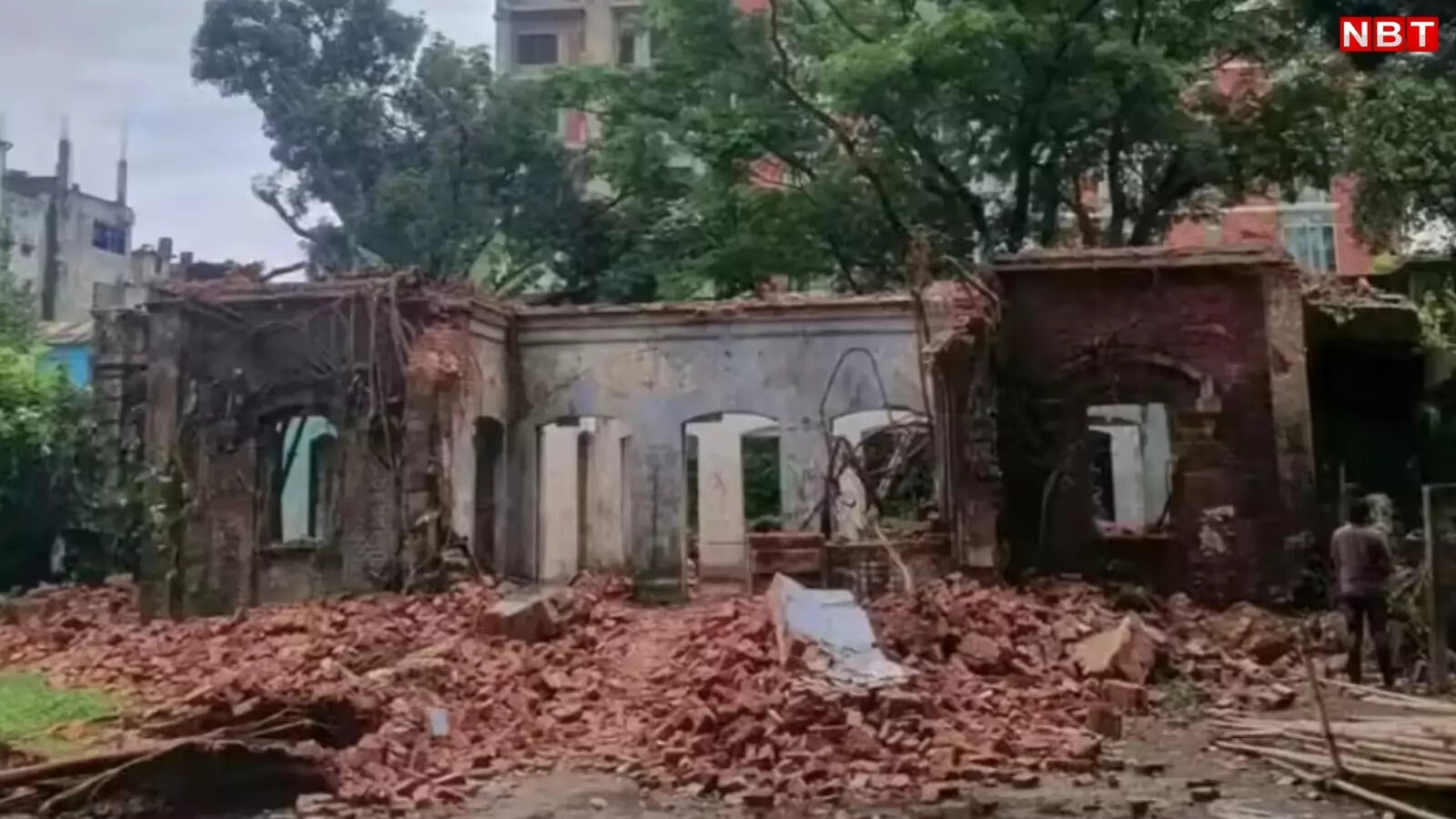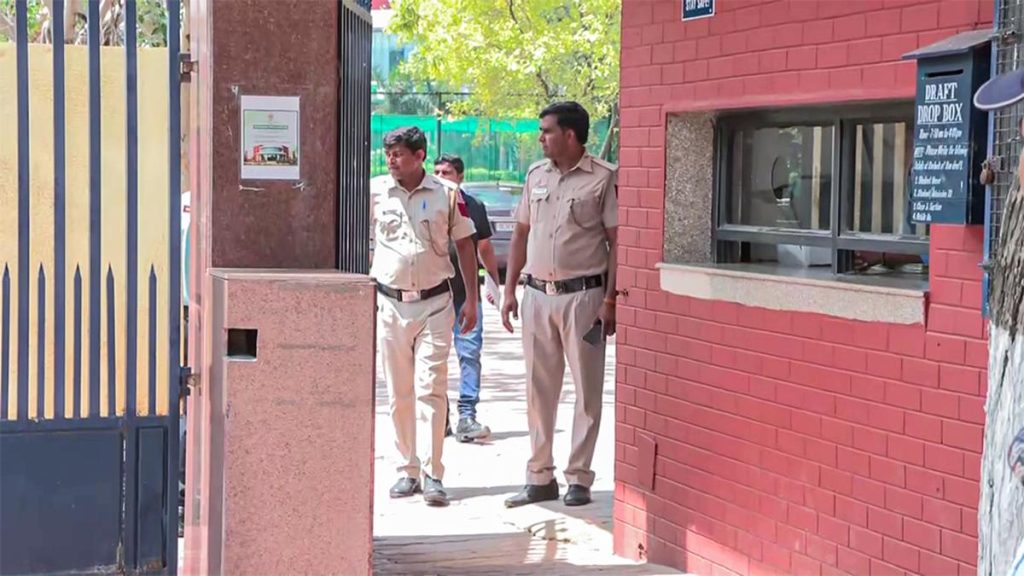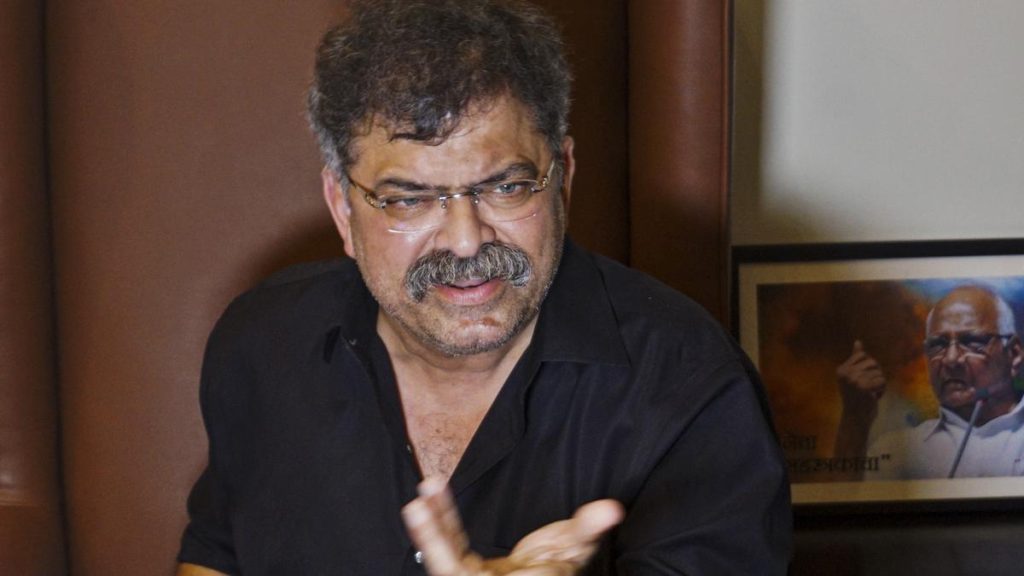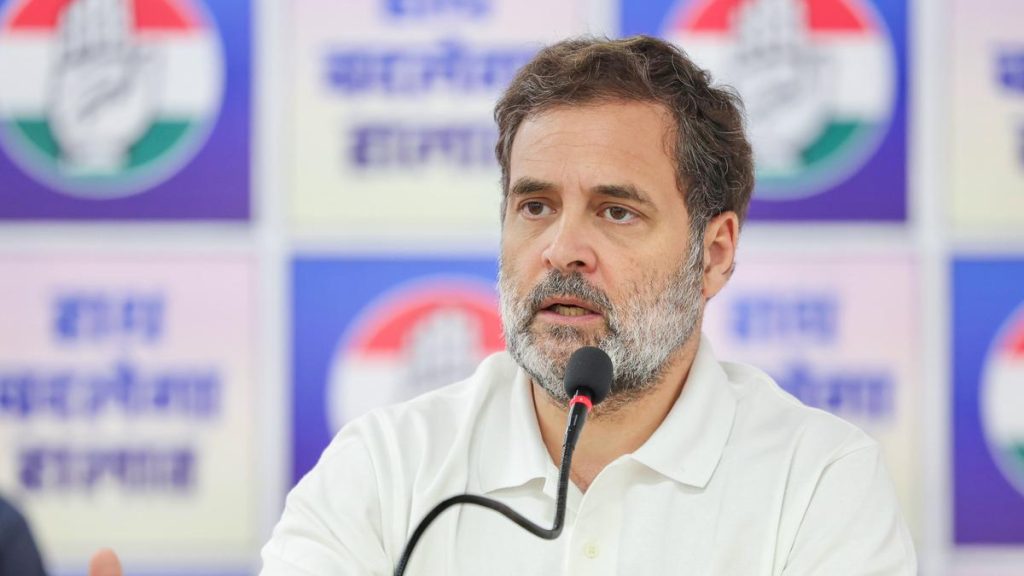Now Reading: Please share the existing headline so I can revise it for you
-
01
Please share the existing headline so I can revise it for you
Please share the existing headline so I can revise it for you

quick Summary:
- Bangladesh’s Plan: The Bangladesh government is preparing to demolish the 100-year-old ancestral home of renowned Indian filmmaker Satyajit Ray,located in Mymensingh district,currently owned by the Bangladeshi government.
- Condition of the Property: Known as “Purnalakshmi Bhawan,” the property is severely dilapidated, with broken walls and stolen windows and doors.
- Purpose for Demolition: Reports suggest it will be replaced by a concrete structure.
- India’s Response: The Indian Ministry of External Affairs expressed regret over this decision and urged Bangladesh to preserve the heritage property. India has proposed collaborative efforts for restoration and redevelopment to transform it into a museum celebrating shared Bengali culture.
- Historical Meaning: India describes Ray’s ancestral home as symbolic of Bengal’s rich cultural legacy. It holds potential for strengthening transnational cultural ties between India and Bangladesh.
- Mamata Banerjee’s Role: West Bengal Chief Minister Mamata Banerjee raised this issue recently, calling on India’s central government to intervene.
!Image caption: ‘Bangladesh wants to demolish Satyajit Ray’s ancestral home.’
Indian Opinion Analysis:
The impending demolition of Satyajit Ray’s ancestral home highlights broader concerns about protecting cross-border cultural heritage in South Asia. While its current state reflects decades of neglect, India’s proposal signals diplomatic intent toward collaborative conservation efforts that could foster stronger cultural ties with Bangladesh.
Restoring historically significant properties like “Purnalakshmi Bhawan” provides an prospect not just for preserving artistic legacies but also for reinforcing shared regional identities rooted in Bengali heritage. If turned into a museum showcasing Ray’s contributions alongside other elements of joint history,this could serve both as a repository of pride for Bengalis worldwide and as testament to cooperative diplomacy.
India’s intervention thus positions itself not merely from a preservationist stance but also as an advocate of using shared heritage monuments as unifying symbols amidst evolving bilateral relations.

























